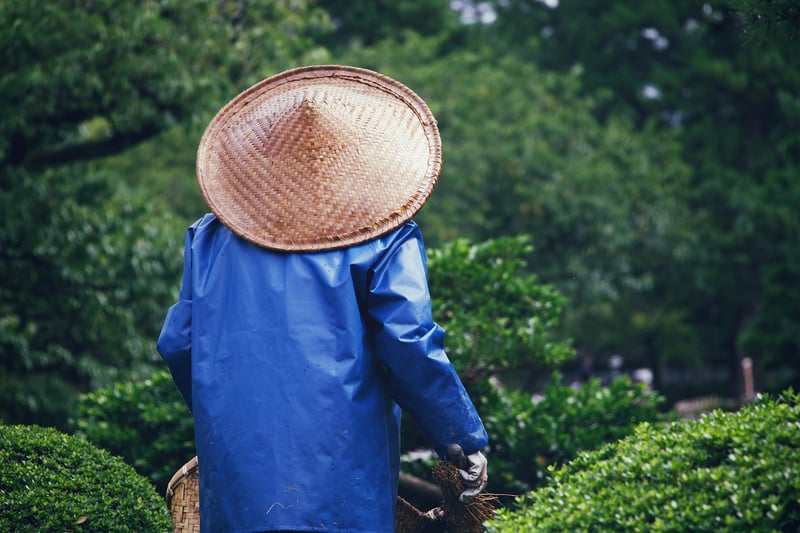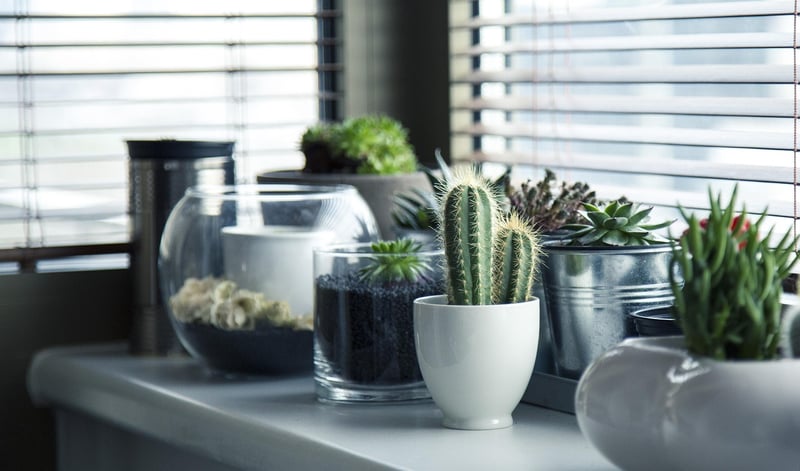Indoor Gardening Tips
Tips for Urban Gardeners
1. Choose the Right Plants
Opt for plants that thrive in small spaces and can adapt to urban environments. Herbs like basil, mint, and parsley are great choices for urban gardens.
2. Utilize Vertical Space
Make use of walls, fences, and trellises to grow climbing plants such as tomatoes, cucumbers, and peas. Hanging baskets are also a great way to maximize space.
3. Container Gardening
Grow plants in containers to easily move them around and optimize sunlight exposure. Use pots, planters, or even recycled containers like old buckets or crates.
4. Watering and Drainage
Ensure proper drainage for your plants by drilling holes in containers and using a well-draining potting mix. Water regularly, especially during hot weather.
5. Community Gardening
Consider joining or starting a community garden in your neighborhood. It's a great way to share resources, knowledge, and gardening space with others.
6. Pest Control
Keep pests at bay by regularly inspecting your plants for any signs of infestation. Use natural remedies like neem oil or introduce beneficial insects to your garden.
Indoor Gardening Tips
1. Choose the Right Location
Place your indoor plants near windows or areas with sufficient natural light. Consider investing in grow lights for plants that require more sunlight.
2. Proper Watering
Avoid overwatering your indoor plants as it can lead to root rot. Check the soil moisture regularly and water only when the top inch of soil is dry.
3. Humidity Control
Monitor the humidity levels in your home, especially during winter when indoor air tends to be dry. Grouping plants together or using a humidifier can help maintain optimal humidity.
4. Regular Pruning and Maintenance
Trim dead leaves, flowers, and stems to promote new growth and keep your plants healthy. Dust the leaves regularly to allow for better photosynthesis.
5. Fertilize Sparingly
Avoid over-fertilizing your indoor plants as it can cause nutrient build-up and harm the roots. Use a balanced fertilizer and follow the recommended dosage.
6. Repotting
Monitor the growth of your plants and repot them into larger containers when they outgrow their current pots. Refresh the potting mix to provide fresh nutrients.
With these tips, urban gardeners can make the most of their limited space, while indoor gardeners can create a thriving green oasis within their homes.


